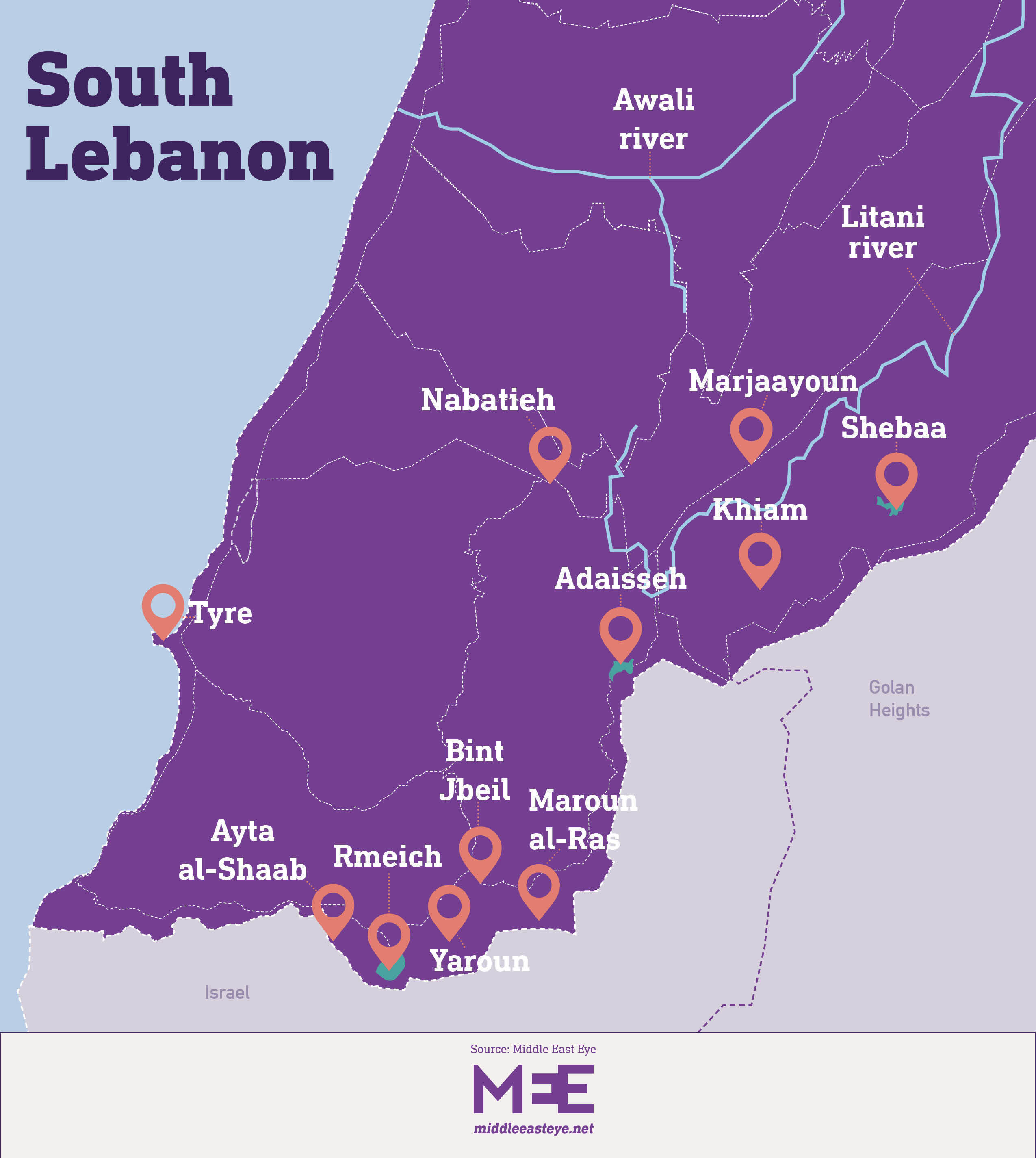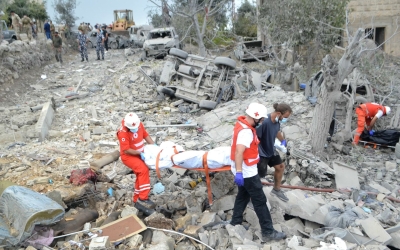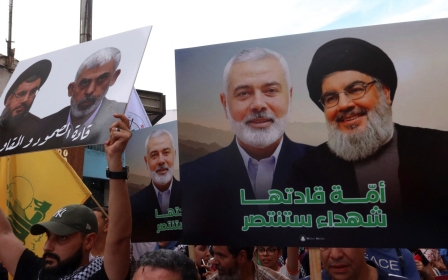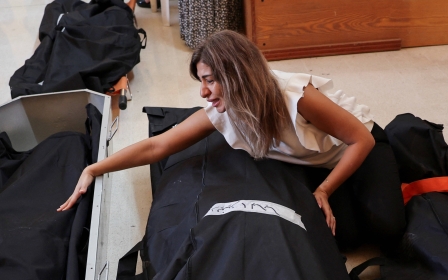Israel's invasion of Lebanon: What is happening on the ground?
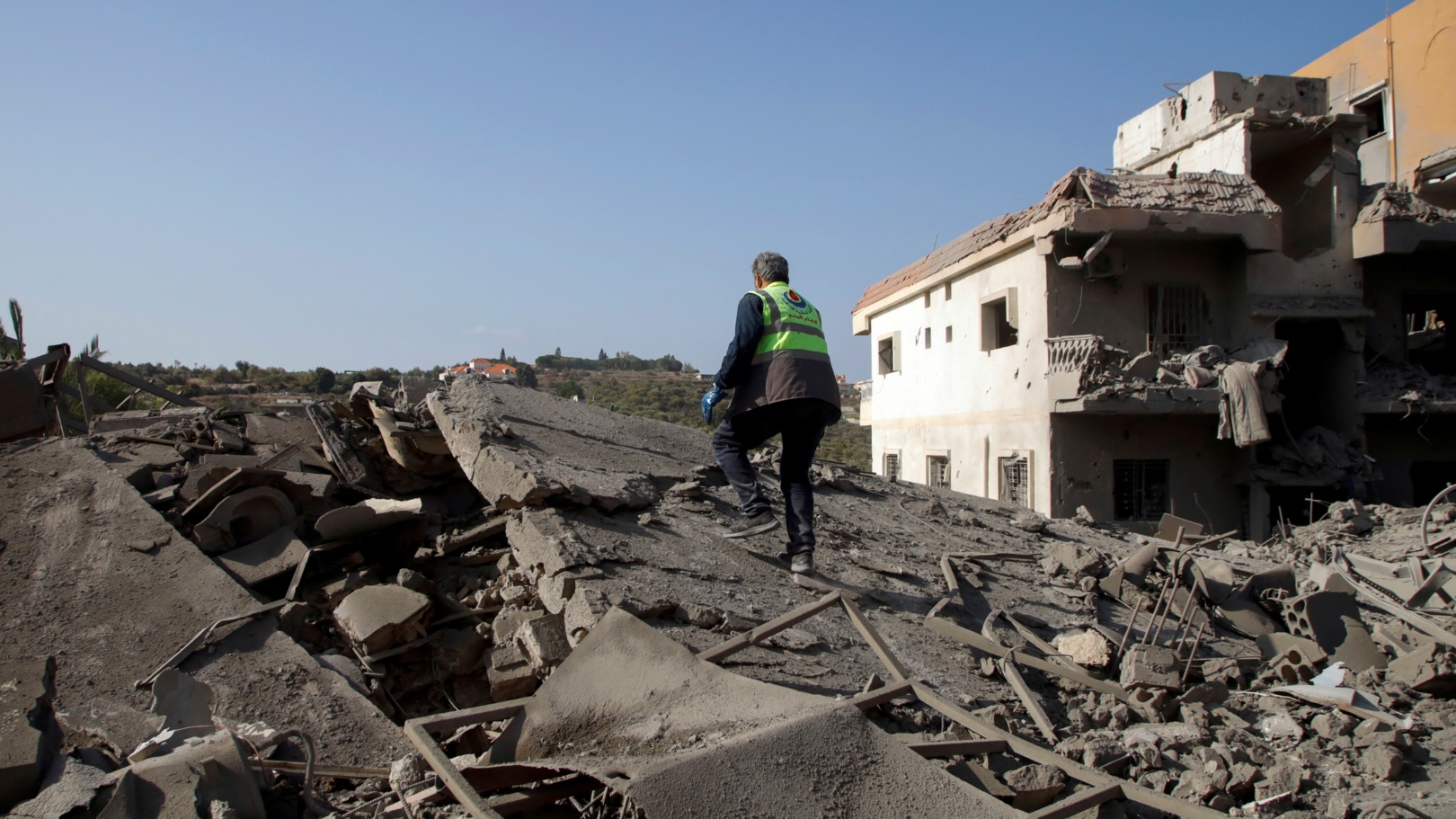
Over two weeks have passed since Israel announced the start of its ground operations in Lebanon on 1 October.
Israel’s actions, which it described as a “limited” operation, were widely seen as a full-scale invasion by people in Lebanon, which followed many unprecedented Israeli attacks on Lebanese armed group Hezbollah and the country’s population as a whole.
While Israel says it aims to neutralise the threats posed by Hezbollah at its borders and ensure the return of its evacuated citizens in the north, its actions and tactics have raised questions and concerns from observers and experts.
Hezbollah and Israel have been engaging in cross-border clashes since 8 October 2023, a day after the start of the war on Gaza. The events saw serious escalations last month, with Israel carrying out relentless bombing campaigns across the country.
Hezbollah, which has suffered severe blows at the hands of Israel culminating in the killing last month of its secretary general Sayyed Hassan Nasrallah, said it is currently engaging with Israeli soldiers in the border areas, with deputy leader Sheikh Naim Qassem saying his group is prepared for any military engagement.
New MEE newsletter: Jerusalem Dispatch
Sign up to get the latest insights and analysis on Israel-Palestine, alongside Turkey Unpacked and other MEE newsletters
“It’s very difficult to talk about what’s going on the ground because both sides have a tendency to understate what the enemy is doing and overstate their achievements,” Andreas Krieg, associate professor at the Defence Studies Department of King's College London, told Middle East Eye.
Statements and videos shared by both sides claim to show military accomplishments, but with little media access on the ground, the full picture remains foggy.
‘Extremely slow’
Journalists covering the situation in southern Lebanon have told MEE that most Lebanese towns bordering Israel have fallen under effective Israeli control.
Most of the towns are less than two kilometres inside Lebanese territory, which leads Krieg to say the Israelis are being “extremely slow” in their advances.
While some reports claim Israeli forces have reached further, they have not been able to stabilise their positions.
“They have not made the progress that I expected them to make in 16 days, which suggests that it is far more difficult, so there is certainly more fierce resistance than Israelis initially expected,” he said.
During one of the first incidents in which Israeli forces attempted to penetrate Lebanon, Hezbollah fighters fiercely fought them off, with the Israeli army announcing the killing of eight soldiers.
Israeli and Lebanese media outlets since then have regularly reported on incidents where Israeli forces had to retreat due to a high number of killed or injured soldiers.
Real figures for total losses may be difficult to find, as both Israel and Hezbollah may be trying to understate their numbers, but Krieg believes both sides to have suffered heavy losses.
A source close to Hezbollah told MEE that despite the leadership vacuum following Israel’s killing of most of the group’s senior leadership, the guerrilla units are maintaining communication and operational coordination independently, without needing direct orders from the central command.
‘Tactical withdrawals’
According to Krieg, Hezbollah doesn’t mind retreating "when they think it is tactically favourable to them to surrender territory, let the enemy advance and then attack them from the rear, going back to the tunnels”.
This analysis was confirmed by a source close to the group, who told MEE that they were fighting the Israelis but moving from one place to the other, believing that bringing Israeli forces deeper into Lebanese territory would give Hezbollah the advantage.
'The terrain in south Lebanon is not very good for conventional militaries. It is more suitable for guerrilla warfare'
- Ali Rizk, security analyst
Ali Rizk, a political and security affairs analyst, adds that these methods correspond to typical guerrilla warfare, which Hezbollah excels at.
“The terrain in south Lebanon is not very good for conventional militaries,” he said. “It is more suitable for guerrilla warfare and non-state actors.”
Hezbollah has memorised Lebanon’s mountainous terrain and learned how to use it to its advantage.
“I think that is the sort of guerrilla tactics that we have seen in 2006 and that we are seeing now as well,” said Krieg, adding that both sides have carried out “tactical withdrawals” when deemed necessary.
Hezbollah and Israel fought a month-long war in 2006, which ended with Israel failing to achieve its objective of defeating the Lebanese group.
Rizk says both sides have been aggressively preparing for their next confrontation since that year.
‘Scorched earth’
Krieg says Israel’s approach to invading Lebanese has differed from its last attacks on the country when Israeli forces “were trying to penetrate deep into Lebanese territory as quickly as possible”.
“What they are trying to do now seems to be to clear the border area; what we see emerging is a two- kilometre belt on the Lebanese side,” he added.
On Wednesday, Israeli forces filmed themselves completely detonating the southern Lebanese town of Mhaibib, located near the border.
'Even in territory that [Israel] has seized, there is still fighting from the rear, still attacks from Hezbollah, so they haven’t really fully controlled it yet'
- Andreas Kreig, King's College
The method of depopulating and destroying civilian areas is currently seen in the north of the Gaza Strip, with Israel ordering all residents of the area to leave as they continue relentlessly bombing north Gaza.
Aid groups have warned that Israel is currently "erasing" the northern Gaza Strip.
“I think this is what they are going to do in Lebanon as well,” Krieg said.
“If they see certain strongholds in villages, they will depopulate the villages, blow the villages up, which is obviously the war crime of wanton destruction, but may be the only way to leave a scorched earth behind which then makes it more difficult for Hezbollah to sustain itself.
"When there is no infrastructure, no tunnels, it is very difficult for Hezbollah to just move in.”
Krieg adds that for the Israeli army to enter a town, plant the explosives and wire them up, they would have had to clear the area of any threats beforehand, meaning “it is no longer within international humanitarian law and no longer a military objective”.
This strategy, which Krieg says has been applied to Gaza as well, consists of blowing up anything remotely related to groups fighting Israel, including civilian infrastructure, as a method of punishing communities for hosting Hamas in Gaza, or Hezbollah in Lebanon.
“You have no excuse to actually blow it up, but you’re doing it anyway,” he added.
‘Hezbollah is out to prove a point’
Despite Israel’s destruction of Lebanese towns and villages along the border and its attempts at demoralising Hezbollah following its intense attacks on the group, experts believe the battlefield may be more complicated than it appears.
While Israel has taken control of towns at times, and is attempting a scorched earth strategy, Krieg says it has yet to fully seize control of territory.
“Seizing means being in complete control of the territory,” he said. “We don’t really see that. Even in territory that they have seized, there is still fighting from the rear, still attacks from Hezbollah, so they haven’t really fully controlled it yet.”
Additionally, Hezbollah has intensified its missile and drone attacks on Israel, the most destructive being a drone strike on the Israeli military base in Binyamina, which killed four soldiers and injured over 60 on Sunday.
“Hezbollah is out to prove a point now," said Rizk. “It is out to prove that despite the immense losses it suffered, critically with the assassination of Hassan Nasrallah, it has not been severely degraded.”
On the Israeli side, Rizk says Israel is “trying to showcase any achievement it can” with its videos and statements showing the capture of Hezbollah members and the destruction of towns.
“Netanyahu is coming off from a string of momentum culminating in the assassination of Nasrallah,” Rizk added. “It is in his interest to keep that momentum flowing” as difficult battles with Hezbollah may have slowed down the series of Israeli victories.
Israel has killed more than 2,300 people in Lebanon since 8 October 2023, according to Lebanon’s health ministry. Most of the casualties took place after Israel started its broader bombing campaign on the country on 23 September.
Over 1.2 million people in Lebanon have been displaced, with Prime Minister Najib Mikati saying it may be the worst displacement in the country’s history.
Middle East Eye delivers independent and unrivalled coverage and analysis of the Middle East, North Africa and beyond. To learn more about republishing this content and the associated fees, please fill out this form. More about MEE can be found here.



